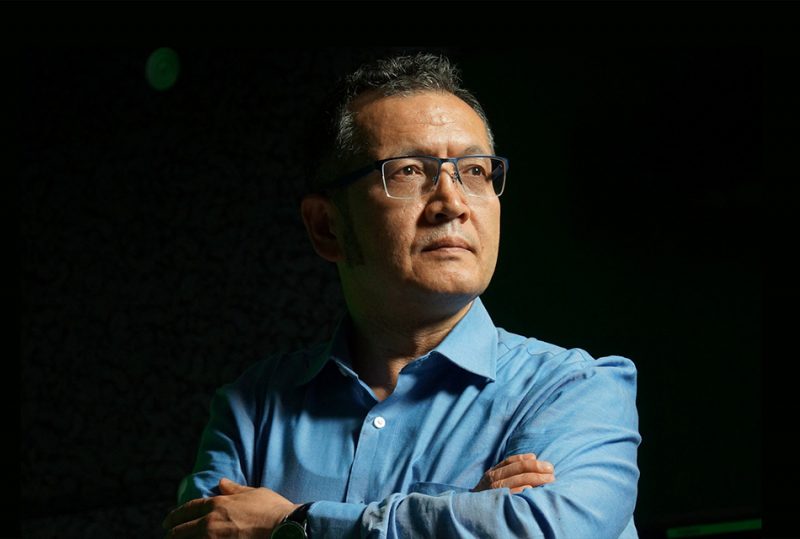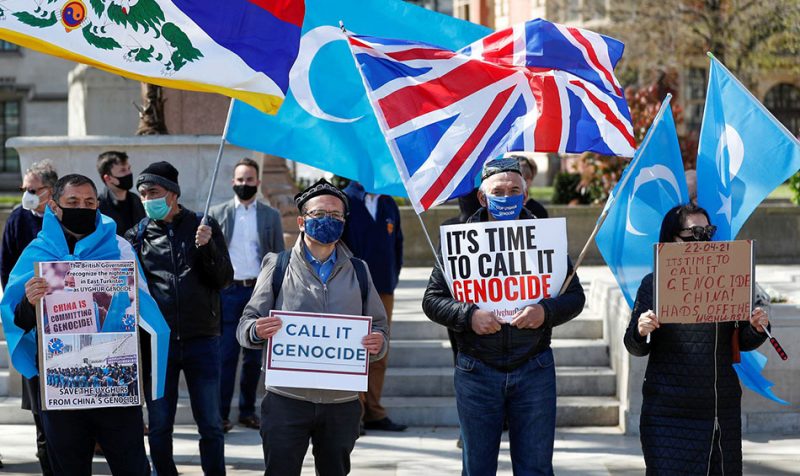Asianimage 6th April 2021

A UK based poet and academic has spoken about Chinese atrocities towards the Uyghur people in the Xinjiang Autonomous Region of Western China.
Aziz Isa Elkun is a researcher at SOAS University of London and has lived in the UK for the past 20 years. Members of his family are victims of Chinese aggression including his sister who was held in an internment camp for more than a year. He lives in exile in North London.
According to recent reports, Uyghur Muslims in China are being forced to denounce their faith, while China has destroyed 70 percent of mosques in the Uyghur Autonomous Region. The Uyghurs prefer to call their land ‘Uyghuristan.’
Since 2015, it has been estimated that as many as three million Uyghurs have been detained in so called ‘re-education camps’. These are basically internment camps where mainly Uyghurs and other Turkic Muslims are brainwashed and indoctrinated in Communist ideology.


